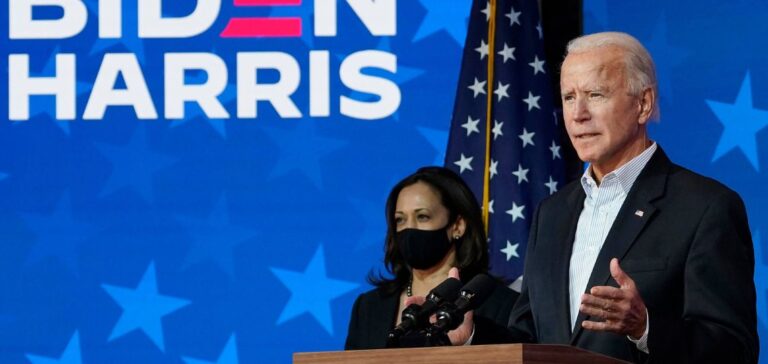As part of the “Invest in America” agenda, the Department of Energy is allocating up to $30 million. This allocation is designed to reduce the production costs of critical minerals. This initiative supports domestic production from domestic coal resources.
Investment in critical minerals production :
Bipartisan Infrastructure Act funding plays a key role in local production of critical minerals, meeting growing demand in the U.S. and reducing dependence on foreign sources. This approach strengthens the economy by promoting clean energy technologies, creating quality jobs in local communities. In line with President Biden’s climate agenda, this initiative supports the manufacture of solar panels, wind turbines, electric vehicles and hydrogen fuel cells. At the same time, DOE’s Office of Fossil Energy and Carbon Management is continuing to invest. It supports projects that benefit traditional mining communities and the development of environmentally-friendly technologies. These initiatives reinforce a robust supply chain, essential to the clean energy and national defense industries. In short, this investment stimulates the local economy, enhances security of supply and supports environmental objectives.
“President Biden’s Investing in America agenda is helping to rebuild America’s manufacturing sector by strengthening our ability to produce the critical minerals needed to develop clean energy technologies,” said Jennifer M. Granholm, U.S. Secretary of Energy.
Creating jobs and revitalizing communities :
“Through these transformative investments, we’re reducing our dependence on foreign supply chains while creating high-quality jobs in the communities that have helped fuel the nation for generations.”
Extracting these minerals from coal and its by-products generates well-paid jobs in regions historically dedicated to fossil fuel production. This action is in line with the Biden-Harris administration’s commitment to revitalizing energy communities. It also aims to ensure equitable access to benefits by implementing the Justice Initiative40. The program is therefore aligned with these objectives, targeting unconventional coal resources to produce rare earths and critical minerals. These elements are essential for clean energy, national defense and various commercial products, contributing to a holistic approach.
Advances in critical minerals processing :
The funding is intended to support research into economically viable and environmentally-friendly extraction, separation and refining technologies. The program targets unconventional coal resources. It produces rare earths and critical minerals used in clean energy, defense and commercial products.
Societal considerations and impacts :
Applicants for funding must take societal considerations and impacts into account. They actively involve diverse communities, promoting diversity, equity and inclusion. This is in line with the Biden-Harris administration’s commitment to the environment and fair trade.
DOE’s ongoing commitment to critical minerals :
Since January 2021, DOE’s Office of Fossil Energy and Carbon Management has announced projects totaling around $41 million. These projects encourage exploration, identify resources, and produce and process critical minerals in traditional mining communities.






















